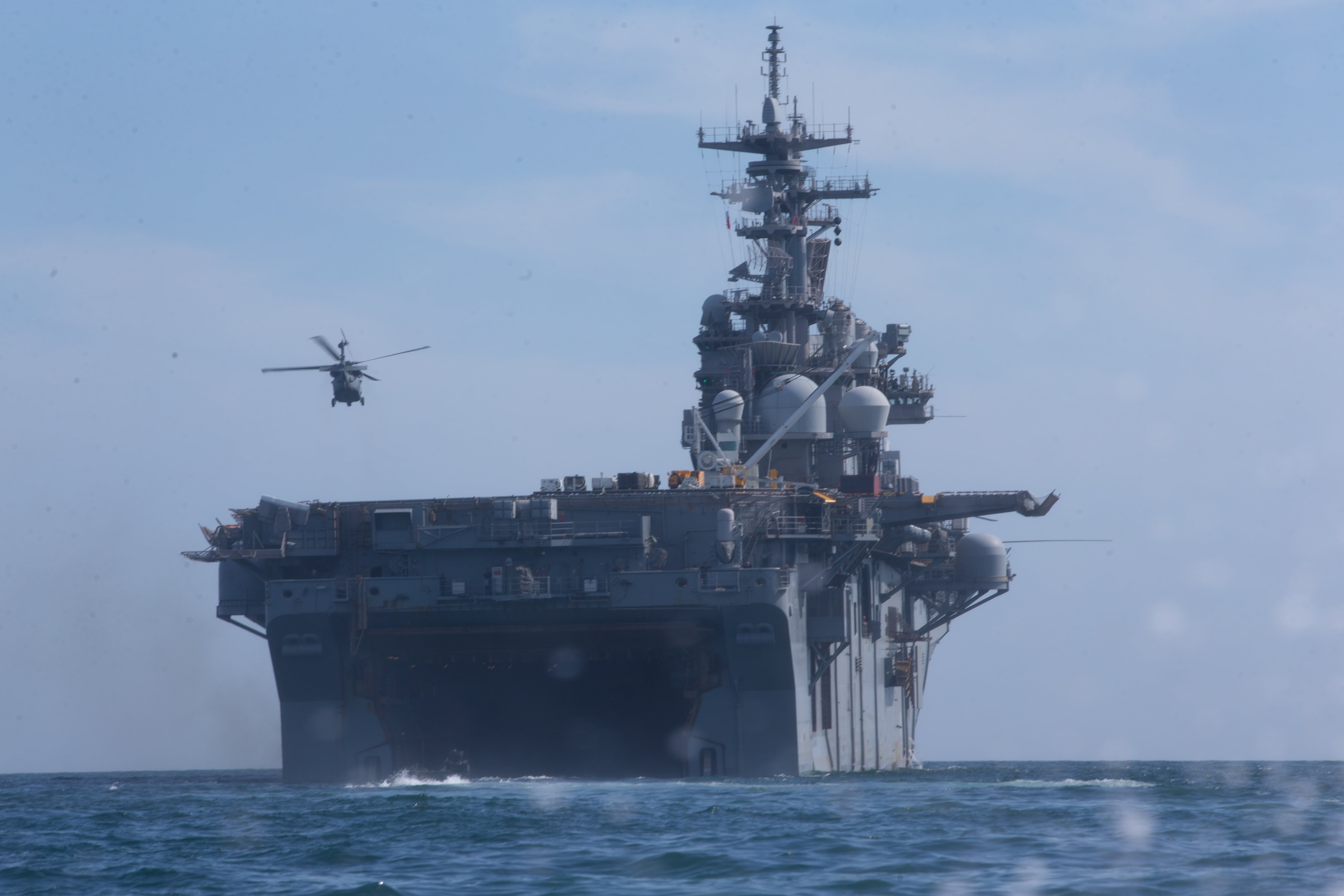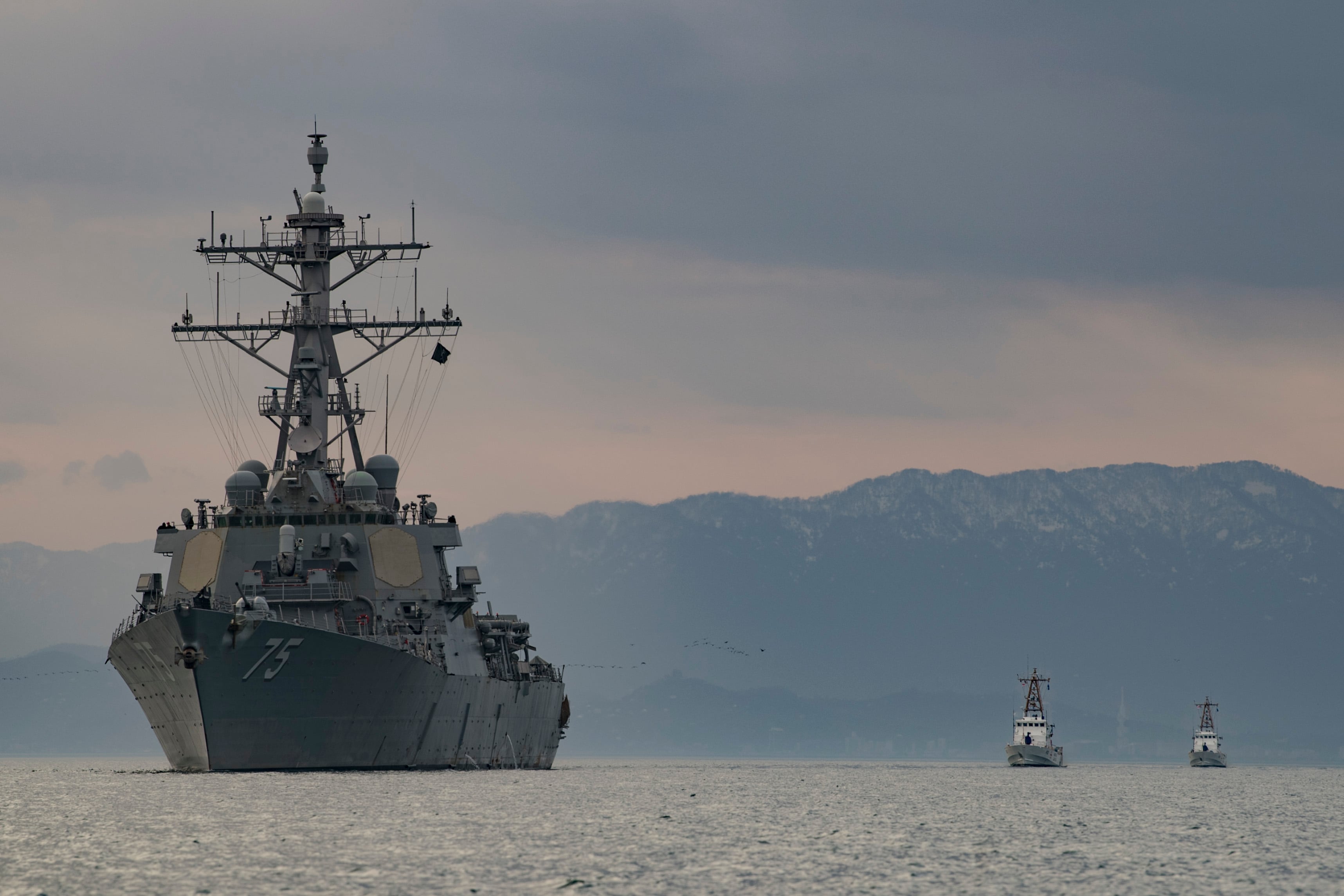U.S. Navy and Japanese helicopter squadrons joined forces to conduct an unprecedented anti-submarine warfare tracking exercise for the units, according to the U.S. Navy.
The exercise, which was executed over the Philippine Sea off the coast of Japan, involved an MH-60R Seahawk from Helicopter Maritime Strike Squadron 51, and an SH-60K from the Japan Maritime Self-Defense Force’s Air Development Squadron 51.
The squadrons are based in Atsugi, Japan, where Naval Air Facility Atsugi is based.
RELATED

In addition to testing out anti-submarine warfare tactics, the squadrons also completed safety of flight formation maneuvers in order to promote collaboration between U.S. and Japanese forces, the Navy said.
“The exercise that we conducted with JMSDF demonstrated that we are fully capable of integration between our two nations,” Lt. Kris Appel, an HSM-51 pilot, said in a Navy news release this week. “I believe this sets us up for an increase in lethality and prepares us to face any future challenges our two countries may face together.”
The exercise was conducted Sept. 14, and comes as the Navy has redirected attention to undersea warfare following years of conducting counter-terrorism.
RELATED

While experts have noted that China’s undersea capabilities are not as advanced as Russia’s, China still boasts a large fleet. The Nuclear Threat Initiative reported in February that China owns four ballistic missile submarines and has a force of 50 diesel-electric attack submarines.
China’s large submarine fleet would likely try to “flood the zone” to overwhelm U.S. undersea warfare assets, threaten U.S. naval forces with attack, or try to blockade Guam or Taiwan in the event of a crisis, according to Bryan Clark, a retired submarine officer and a senior fellow at the Hudson Institute.
“For the U.S., going against the Chinese, the goal is just keep them away from ships,” Clark previously told Navy Times. “It doesn’t matter if they continue to operate or not, as long as they stay away from the ships.”





